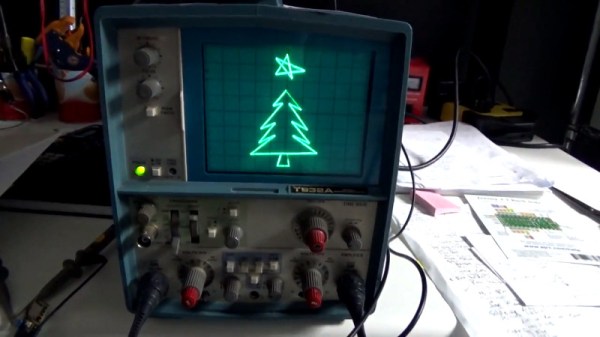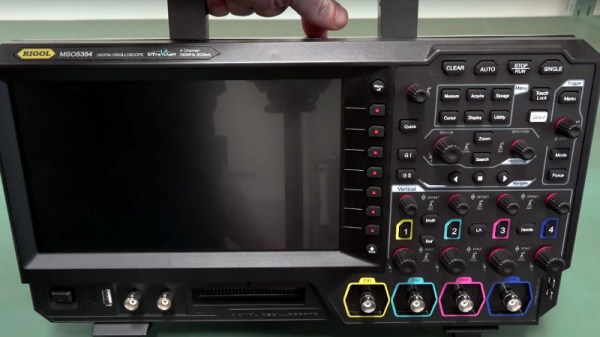An oscilloscope is a device that many of us use, and which we often have to use while our hands are occupied with test probes or other tools. [James Wilson] has solved the problem of how to control his ‘scope no-handed, by connecting it to a Raspberry Pi 3 running the snips.ai voice assistant. This is an interesting piece of software that runs natively upon the device in contrast to the cloud service provided by the likes of Alexa or Google Assistant.
The ‘scope in question is a Keysight 1000-X that can be seen in the video below the break, but looking at the Python code we could imagine the same technique being brought to other instruments such as the Rigol 1054z we looked at controlling via USB a year or two ago. The use of the snips.ai software provides a pointer to how voice-controlled projects in our community might evolve beyond the cloud services, interestingly though they do not make a big thing of it their software appears to be open-source.
Oscilloscopes do not have to be remotely controlled by voice alone. It seems to be a common desire to take measurements no-handed — one project we’ve featured in the past did the job with a foot switch.

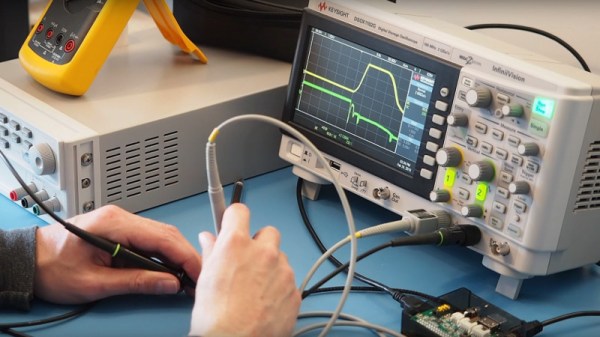
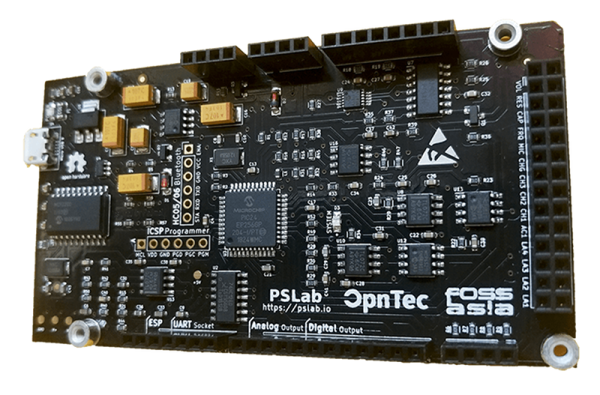
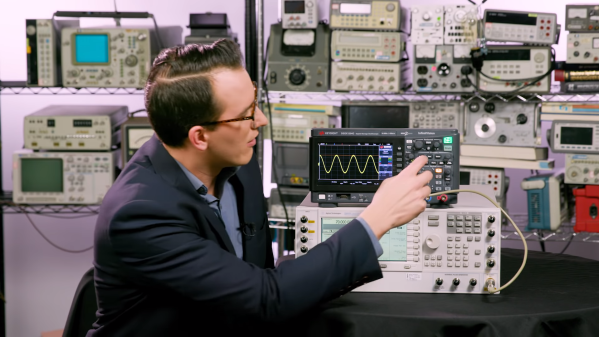
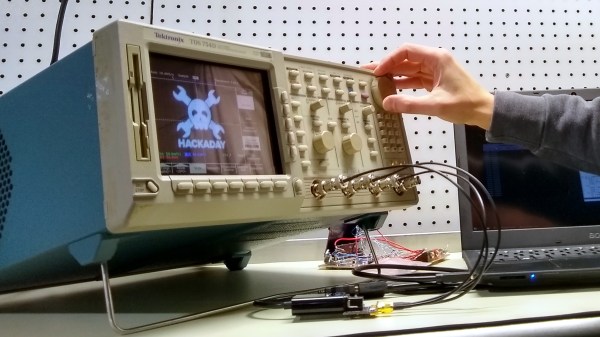

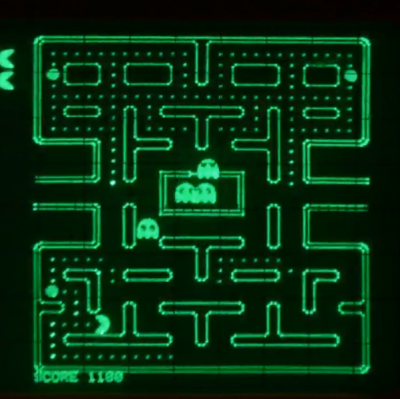 Using a CRT oscilloscope in X-Y mode as a vector display, the console faithfully reproduces some classic games, most of which, curiously enough, were not originally vector games. There are implementations of the Anaconda, RetroRacer, and AstroLander minigames from Timesplitter 2. There are also versions of Pac-Man, Tetris, and even Super Mario Brothers. Most of the games were prototyped in JavaScript before being translated into assembly and placed onto EEPROM external cartridges, to be read by the ATMega128 inside the console. Sound and music are generated using the ATMega’s hardware timers, with a little help from a reverse-biased transistor for white noise and a few op-amps.
Using a CRT oscilloscope in X-Y mode as a vector display, the console faithfully reproduces some classic games, most of which, curiously enough, were not originally vector games. There are implementations of the Anaconda, RetroRacer, and AstroLander minigames from Timesplitter 2. There are also versions of Pac-Man, Tetris, and even Super Mario Brothers. Most of the games were prototyped in JavaScript before being translated into assembly and placed onto EEPROM external cartridges, to be read by the ATMega128 inside the console. Sound and music are generated using the ATMega’s hardware timers, with a little help from a reverse-biased transistor for white noise and a few op-amps.